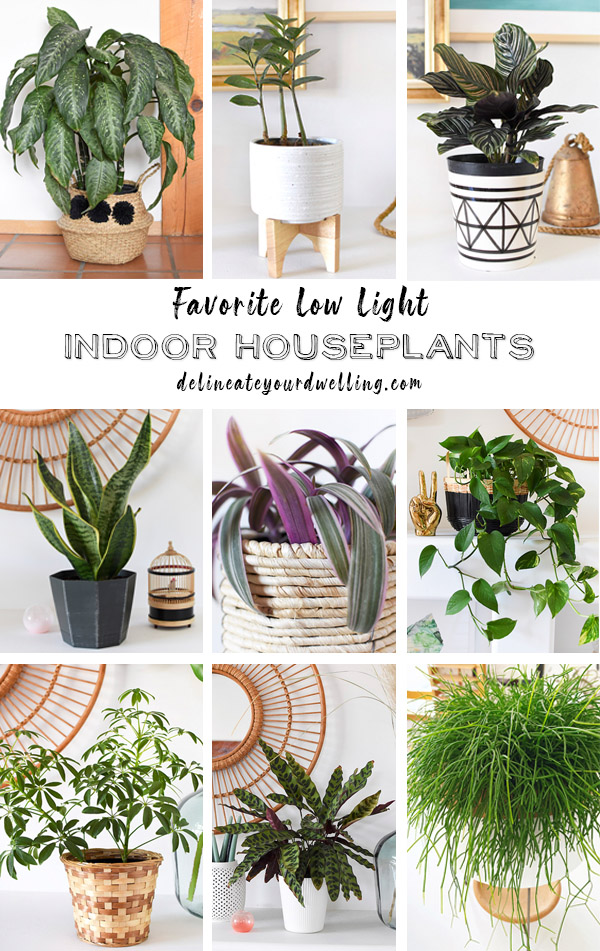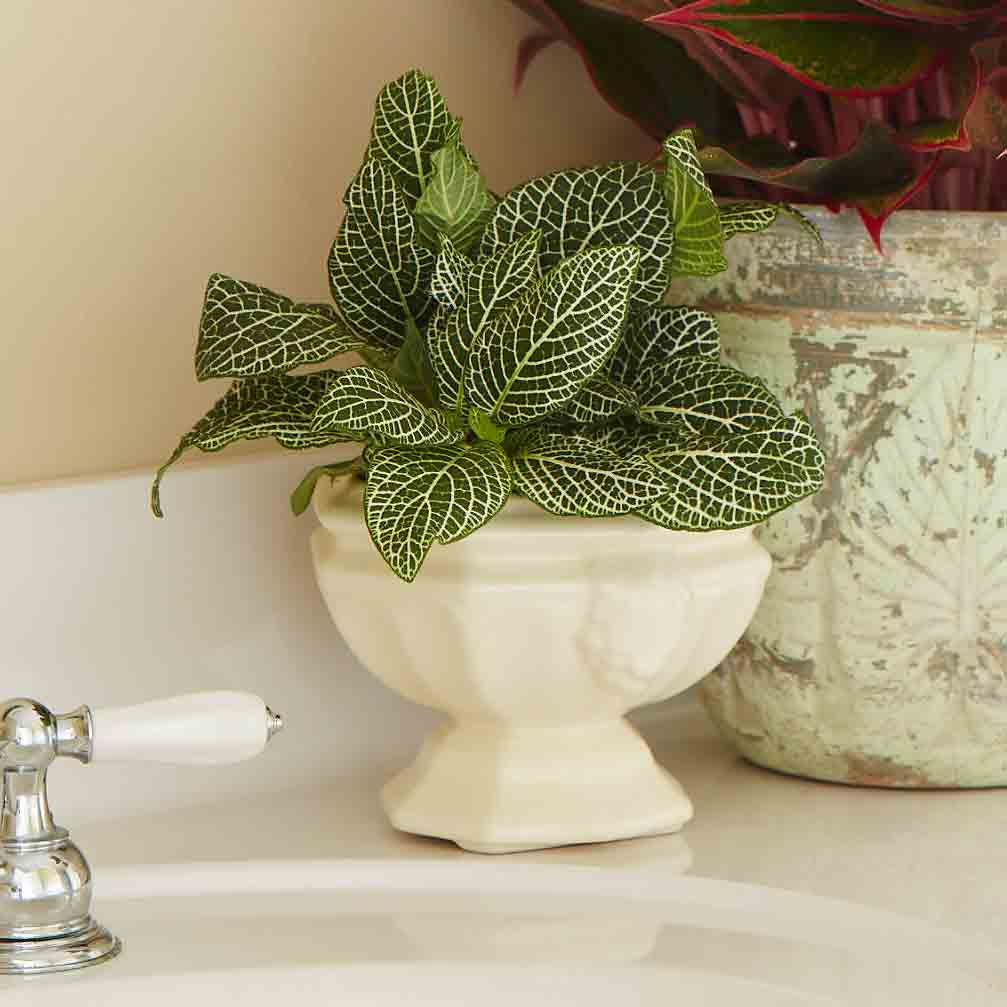Enhance Your Home Décor with the Best Low-Light Indoor Plants
Enhance Your Home Décor with the Best Low-Light Indoor Plants
Blog Article
Transform Your Home With Beautiful Low-Light Indoor Plants and Their Advantages
Incorporating low-light indoor plants into your home can substantially boost both the ecological and visual high quality of your space. These plants, which thrive in dark conditions, serve not only as ornamental aspects but additionally as all-natural air cleansers, making them excellent for city occupants or those with minimal sunshine direct exposure. As we check out the various types of low-light plants and their advantages, you might discover unexpected ways to incorporate them right into your home that can transform your surroundings in ways you might not have actually expected.
Advantages of Low-Light Plants
Low-light plants provide numerous benefits for interior environments, making them an excellent selection for both newbie and skilled gardeners. Among the main benefits is their flexibility to low-light conditions, allowing people to improve their living areas without the need for considerable sunshine exposure. This particular makes them excellent for apartment or condos, offices, and other areas with minimal natural light.

Furthermore, integrating low-light plants into home design can boost the visual allure of a room. Their lavish foliage and varied structures produce a calming atmosphere, adding to total health. Lastly, the existence of greenery has actually been connected to minimized anxiety levels and improved efficiency, making low-light plants a sensible selection for boosting both mental and physical wellness in indoor setups.
Top Low-Light Indoor Plants
While numerous interior plants flourish in intense light, several types are specifically appropriate for low-light problems, making them perfect for numerous indoor spaces. One preferred option is the Serpent Plant (Sansevieria), understood for its striking upright leaves and durability, needing marginal treatment. Another excellent choice is the Pothos (Epipremnum aureum), which includes heart-shaped leaves and can route perfectly from hangers or shelves, prospering in reduced light and including a lavish touch.
The ZZ Plant (Zamioculcas zamiifolia) is commemorated for its shiny fallen leaves and capacity to withstand neglect, making it ideal for hectic way of lives. Likewise, the Peace Lily (Spathiphyllum) not only tolerates low light but also produces spectacular white flowers, improving any type of space's aesthetic.
For an unique touch, think about the Cast Iron Plant (Aspidistra elatior), which certainly measures up to its name, flourishing in the darkest edges of your home. The Chinese Evergreen (Aglaonema) supplies a selection of fallen leave patterns and shades while being incredibly flexible in low-light problems. These plants not just enhance indoor atmospheres but also add to air filtration, improving your space.
Care Tips for Low-Light Plants

Watering methods are essential; these plants usually like slightly completely dry problems. Overwatering can result in root rot, so make next page certain that the top inch i loved this of dirt is completely dry before sprinkling once again. Use pots with water drainage holes to enable excess dampness to escape.
Humidity is an additional important element. Several low-light plants, such as ferns and peace lilies, benefit from greater moisture levels. To enhance humidity, take into consideration misting the fallen leaves or placing a tray of water near the plants.
Fertilization must be come close to with care. During the growing season, make use of a diluted, balanced liquid plant food every month to support growth, but prevent feeding throughout the inactive cold weather.

Innovative Ways to Present Plants
Interior plants can work as exciting focal factors in any kind of area, boosting both visual allure and setting. Imaginative display screens can boost the aesthetic effect of low-light plants, making them an indispensable component of your home decoration. One efficient technique is to utilize tiered plant stands, which allow you to showcase multiple plants at differing elevations while maximizing floor room.
Hanging planters are an additional cutting-edge alternative, producing a sense of depth and attracting the eye up. Think about macramé hangers or wall-mounted shelves to present an one-of-a-kind appearance and style.
For a more structured strategy, usage geometric terrariums or glass containers to house your plants, adding a modern touch to your interior yard. You can likewise repurpose classic products, such as teacups or wood dog crates, for an eclectic display screen that reflects your individuality.
Enhancing Home Ambiance With Plants
Incorporating low-light plants right into your home not only enhances aesthetic charm but additionally adds significantly to the total ambiance. These plants work as natural style aspects, presenting a sense of peace that can transform any space. The presence of plant fosters a relaxing atmosphere, which is specifically helpful in high-stress environments such as office or living spaces.
Low-light plants, such as serpent plants, pothos, and ZZ plants, are not just visually pleasing yet likewise boost indoor air top quality by filtering contaminants. This twin function improves the setting even more, developing a healthier space (Best low-light indoor plants). The strategic positioning of these plants can also influence the assumption of area; as an example, tall plants can draw the eye upwards, making ceilings appear greater and a knockout post spaces a lot more spacious
Additionally, differing structures and shades of foliage include depth to interior decoration, enabling for imaginative expression in home styling. Whether put on shelves, in corners, or as focal points, low-light plants can elevate the mood of any type of room. In recap, incorporating these plants right into your home is an effective means to foster a cozy, welcoming atmosphere while profiting of enhanced air high quality and visual versatility.
Final Thought
Including low-light interior plants into home settings uses numerous benefits, including boosted aesthetic charm and boosted air top quality. These resistant plants, such as the Serpent Plant and Tranquility Lily, call for marginal light and upkeep, making them ideal for varied way of livings. Their capacity to filter contaminants adds to a healthier living area, while their different structures and colors enrich interior design (Best low-light indoor plants). Eventually, the incorporation of low-light plants cultivates a peaceful and welcoming setting, changing any kind of home right into a peaceful oasis.
While several indoor plants grow in brilliant light, several types are particularly appropriate for low-light conditions, making them excellent for different interior areas. One reliable method is to make use of tiered plant stands, which allow you to display several plants at varying heights while making best use of floor area.
Low-light plants, such as serpent plants, pothos, and ZZ plants, are not only cosmetically pleasing but likewise boost indoor air high quality by filtering system pollutants. Best low-light indoor plants. The calculated positioning of these plants can also influence the assumption of space; for instance, tall plants can attract the eye upwards, making ceilings appear higher and spaces a lot more spacious
These resilient plants, such as the Snake Plant and Tranquility Lily, call for minimal light and maintenance, making them appropriate for varied way of livings.
Report this page